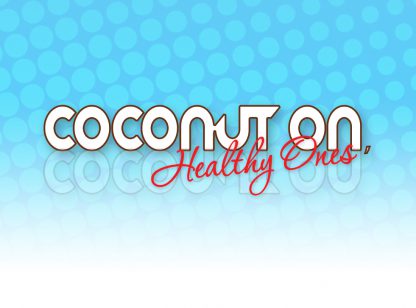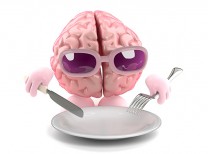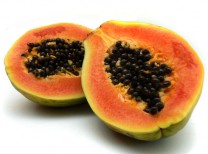Most of us take vitamin supplements, but what about minerals? Minerals are natural organic matter created over time and found in the earth’s many elements. Before commercial farming, nutrient-dense minerals were plentiful in our soil and the foods we ate. Today’s fruits and vegetables are often void of these substances due to depleted soils, thus, the regenerative farming movement to replenish grounds.
In the meantime, however, what are we doing to replenish our own bodies?
We humans are walking talking mineral banks. Minerals detail our structure, enable our activity and provide the electrical circuitry that keeps us alive. We are constructed with seven macro minerals: calcium, chlorine, magnesium, phosphorus, potassium, sodium and sulfur. Most of us are deficient in calcium, magnesium and potassium, also called major minerals or electrolytes. It is important to keep these major minerals balanced – especially in our desert heat. However, our body also requires trace (minor) minerals: chromium, copper, gold, iron, iodine, molybdenum, manganese, selenium and over 65 others. Every biological process of our body is attached to a mineral, and mineral deficiency may be the missing link in our diets and overall health.
Humic/fulvic acid minerals are nutrient-dense, created by humus (organic matter) and formed through biological decomposition (humification) of prehistoric plant, compost matter and biological activities of micro-organisms. These organic minerals are found in pre-historic deposits that cover the earth existing naturally in oceans, fresh water, rivers, peats and soils.
Science and modern research have demonstrated humic/fulvic acid’s many significant health benefits, most notably aiding in the prevention of chronic inflammatory diseases such as diabetes and interfering with the buildup of proteins that speed up the development of brain diseases and dementias.1 Studies have also shown that fulvic acid can help modulate the immune system, influence the oxidative state of cells and improve gastrointestinal function.2 Additional research has demonstrated its benefits in improving ulcers, allergies, eczema, anxiety, memory recall, hypoxia (low oxygen in the blood), tiredness and fatigue.1
There are simple steps we can take to gain these nutrients through foods we eat. For instance, if we eat strawberries, we tend to eat the berry and toss the calyx (the green nutrients on top); same with greens, we remove the stems. The calyx and stems are a protector and carrier of humic/fulvic mineral nutrients to the food. When we eat them, they can also deliver life-giving electrolytes and polyphenols (antioxidants) directly to our body and cells. So next time, don’t discard these beneficial plant parts; toss them in a salad or freeze them to add to healthy shakes. Of course, supplementing with minerals can be the most beneficial.
Pure humic/fulvic acid minerals are a gift from Mother Earth. When sourced organically and taken as part of a balanced, healthy lifestyle, they can often be the missing link to whole body health.
Candice Nicole is a health advocate and founder of HUmineral food derived nutrients. She can be reached at info@humineral.com or (888) 765.0087. For more information visit www.HUmineral.com.
References: 1) https://health.clevelandclinic.org/fulvic-acid/; 2) https://www.ncbi.nlm.nih.gov/pmc/articles/PMC6151376/
















































Comments (0)